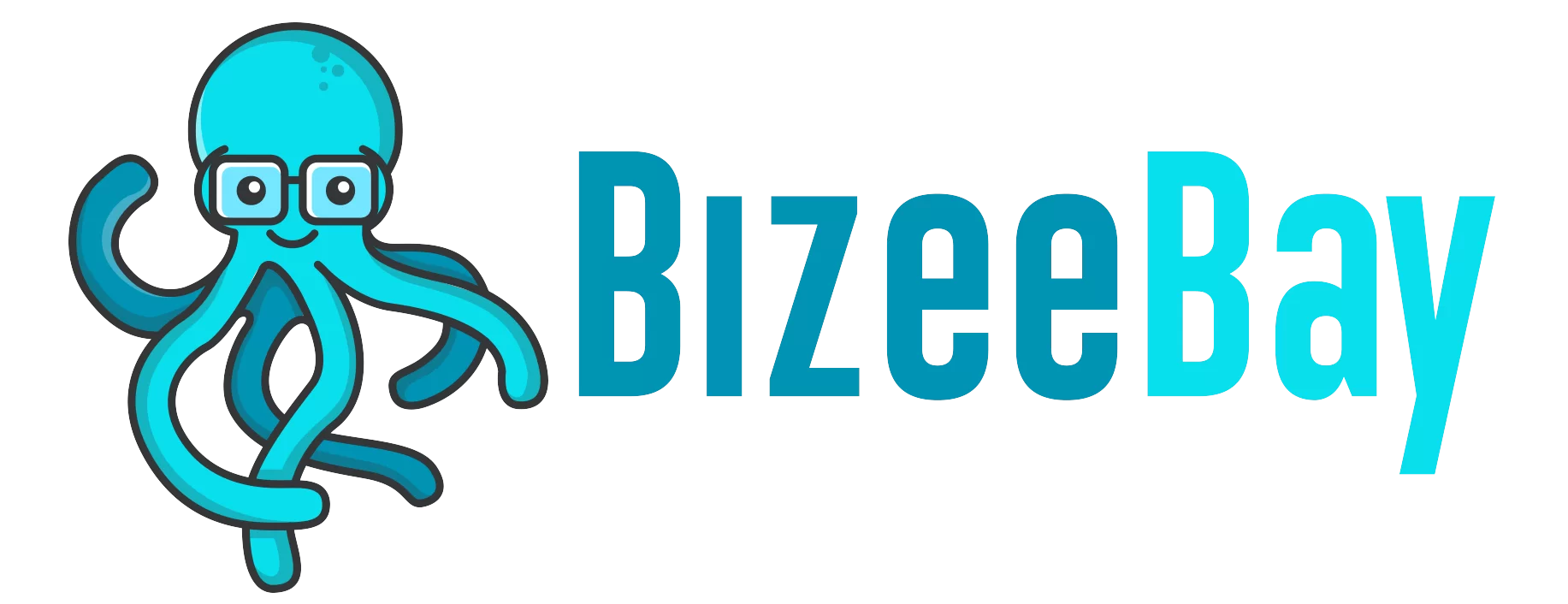Secret 13: How to use ChatGPT for Content
Resources
OpenAI
ChatGPT Link
GPT Creator ( Build Your Own GPT )
https://chatgpt.com/gpts/editor
Plagiarism Checker
Grammarly Plagiarism Checker
https://www.grammarly.com/plagiarism-checker
Copyscape
Frequently Asked Questions
1. How can ChatGPT help in creating unique and engaging content?
ChatGPT can assist in generating ideas, drafting content, and refining your writing. By providing detailed prompts, you can get tailored outputs that align with your content goals. It helps streamline the content creation process, saving time while maintaining quality.
2. What are the best practices for customizing prompts for ChatGPT?
Be specific in your prompts. Include information about your target audience, tone of voice, key points, and any reference material. The more detailed your prompt, the better the output will align with your expectations.
3. How do I ensure the originality of content generated by ChatGPT?
Use ChatGPT to generate ideas or drafts, but always add your unique perspective. Incorporate real-world examples, personal anecdotes, and case studies specific to your business. Use plagiarism checkers like Copyscape or Grammarly to ensure the content is unique.
4. How can I optimize ChatGPT-generated content for SEO?
Integrate long-tail keywords naturally, optimize headings and subheadings, and include internal and external links. Ensure the content follows SEO best practices, such as using meta descriptions and alt text for images. A great way to help streamline this process is to inject your keywords, internal links, and external links into your prompt for the blog itself. You can even ask for image recommendations if you are having a hard time determining what image to use. I would encourage you not to use AI-generated images and stick to original imagery.
5. How do I enhance the readability of content generated by ChatGPT?
Break up the text with subheadings, bullet points, and images. Format the content in a way that’s easy for readers to digest, and ensure a logical flow from one section to the next.
6. What should I do if the content generated by ChatGPT closely resembles other sources?
Use tools like Copyscape or Grammarly’s plagiarism checker to detect any similarities. Make necessary revisions to ensure the content is original. Humanize the text by rewriting it in your own words and adding unique insights. There is also some software available to the public that “humanizes” content and makes it undetectable to AI checkers but there is nothing in the market that we feel comfortable recommending… yet.
7. Can ChatGPT help with specific content types like blog posts, FAQs, and product descriptions?
Yes, ChatGPT can generate a wide range of content types. By providing detailed prompts, you can create blog post introductions, FAQ sections, and product descriptions that are engaging and informative.
8. How can I use ChatGPT to create engaging introductions for blog posts?
Provide a prompt that specifies the blog topic, target audience, and desired tone. For example, “Write an engaging introduction for a blog post targeting homeowners about the benefits of solar energy, focusing on cost savings and environmental impact.”
9. What are some effective prompts for generating FAQ sections with ChatGPT?
Example prompts include, “Generate a list of FAQs for a local bakery’s website, focusing on special dietary options and custom orders. Include questions about gluten-free and vegan options, as well as how to place custom cake orders.”
10. How can I create my own GPT for custom content creation?
- Access GPT Builder: Ensure you have a ChatGPT Plus or Enterprise account. Go to https://chatgpt.com/gpts/editor.
- Configure Basics: Set up the bot’s name, description, and initial instructions, conversation starters, and capabilities like web browsing and image generation.
- Customize Behavior: Define how the bot should respond and what its personality
